Travelers 2004 Annual Report Download - page 115
Download and view the complete annual report
Please find page 115 of the 2004 Travelers annual report below. You can navigate through the pages in the report by either clicking on the pages listed below, or by using the keyword search tool below to find specific information within the annual report.-
 1
1 -
 2
2 -
 3
3 -
 4
4 -
 5
5 -
 6
6 -
 7
7 -
 8
8 -
 9
9 -
 10
10 -
 11
11 -
 12
12 -
 13
13 -
 14
14 -
 15
15 -
 16
16 -
 17
17 -
 18
18 -
 19
19 -
 20
20 -
 21
21 -
 22
22 -
 23
23 -
 24
24 -
 25
25 -
 26
26 -
 27
27 -
 28
28 -
 29
29 -
 30
30 -
 31
31 -
 32
32 -
 33
33 -
 34
34 -
 35
35 -
 36
36 -
 37
37 -
 38
38 -
 39
39 -
 40
40 -
 41
41 -
 42
42 -
 43
43 -
 44
44 -
 45
45 -
 46
46 -
 47
47 -
 48
48 -
 49
49 -
 50
50 -
 51
51 -
 52
52 -
 53
53 -
 54
54 -
 55
55 -
 56
56 -
 57
57 -
 58
58 -
 59
59 -
 60
60 -
 61
61 -
 62
62 -
 63
63 -
 64
64 -
 65
65 -
 66
66 -
 67
67 -
 68
68 -
 69
69 -
 70
70 -
 71
71 -
 72
72 -
 73
73 -
 74
74 -
 75
75 -
 76
76 -
 77
77 -
 78
78 -
 79
79 -
 80
80 -
 81
81 -
 82
82 -
 83
83 -
 84
84 -
 85
85 -
 86
86 -
 87
87 -
 88
88 -
 89
89 -
 90
90 -
 91
91 -
 92
92 -
 93
93 -
 94
94 -
 95
95 -
 96
96 -
 97
97 -
 98
98 -
 99
99 -
 100
100 -
 101
101 -
 102
102 -
 103
103 -
 104
104 -
 105
105 -
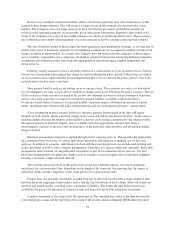 106
106 -
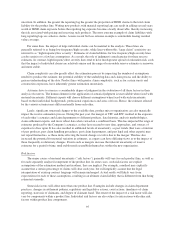 107
107 -
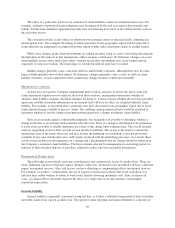 108
108 -
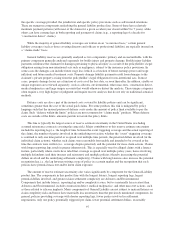 109
109 -
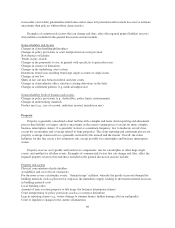 110
110 -
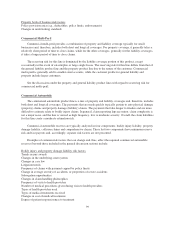 111
111 -
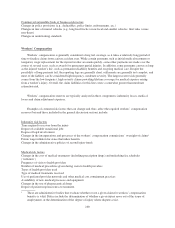 112
112 -
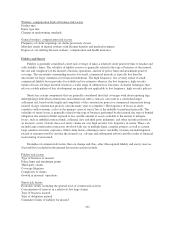 113
113 -
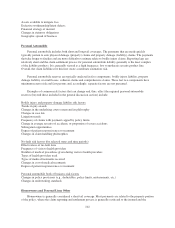 114
114 -
 115
115 -
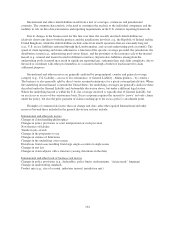 116
116 -
 117
117 -
 118
118 -
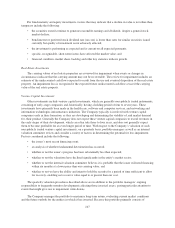 119
119 -
 120
120 -
 121
121 -
 122
122 -
 123
123 -
 124
124 -
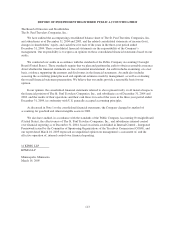 125
125 -
 126
126 -
 127
127 -
 128
128 -
 129
129 -
 130
130 -
 131
131 -
 132
132 -
 133
133 -
 134
134 -
 135
135 -
 136
136 -
 137
137 -
 138
138 -
 139
139 -
 140
140 -
 141
141 -
 142
142 -
 143
143 -
 144
144 -
 145
145 -
 146
146 -
 147
147 -
 148
148 -
 149
149 -
 150
150 -
 151
151 -
 152
152 -
 153
153 -
 154
154 -
 155
155 -
 156
156 -
 157
157 -
 158
158 -
 159
159 -
 160
160 -
 161
161 -
 162
162 -
 163
163 -
 164
164 -
 165
165 -
 166
166 -
 167
167 -
 168
168 -
 169
169 -
 170
170 -
 171
171 -
 172
172 -
 173
173 -
 174
174 -
 175
175 -
 176
176 -
 177
177 -
 178
178 -
 179
179 -
 180
180 -
 181
181 -
 182
182 -
 183
183 -
 184
184 -
 185
185 -
 186
186 -
 187
187 -
 188
188 -
 189
189 -
 190
190 -
 191
191 -
 192
192 -
 193
193 -
 194
194 -
 195
195 -
 196
196 -
 197
197 -
 198
198 -
 199
199 -
 200
200 -
 201
201 -
 202
202 -
 203
203 -
 204
204 -
 205
205 -
 206
206 -
 207
207 -
 208
208 -
 209
209 -
 210
210 -
 211
211 -
 212
212 -
 213
213 -
 214
214 -
 215
215 -
 216
216 -
 217
217 -
 218
218 -
 219
219 -
 220
220 -
 221
221 -
 222
222 -
 223
223 -
 224
224 -
 225
225 -
 226
226 -
 227
227 -
 228
228 -
 229
229 -
 230
230 -
 231
231 -
 232
232 -
 233
233 -
 234
234 -
 235
235 -
 236
236 -
 237
237 -
 238
238 -
 239
239 -
 240
240
 |
 |

insurer. Claims on property coverage are typically reported soon after the actual damage occurs, although delays
of several months are not unusual. The claim is settled when the two parties agree on the amount due in
accordance with the policy contract language and the appropriate payment is made (or alternatively, the property
replacement/repair is performed by the insurer). The resulting settlement process is typically fairly short term,
although exceptions do exist.
The liability portion of the homeowners policy generates claims which take longer to pay due to the
involvement of litigation and negotiation, but with generally small reporting lags. In addition, reserves related to
umbrella coverages have greater uncertainty since umbrella liability payments are often made far into the future.
Overall, the line is generally high frequency, low to moderate severity (except for catastrophes), with simple
to moderate claim complexity.
Homeowners reserves are typically analyzed in two components: non-catastrophe related losses and
catastrophe loss payments.
Examples of common risk factors that can change and, thus, affect the required homeowners reserves
(beyond those included in the general reserve discussion section) include:
Non-catastrophe risk factors
Salvage opportunities
Amount of time to return property to residential use
Changes in weather patterns
Local building codes
Litigation trends
Trends in jury awards
Catastrophe risk factors
Physical concentration of policyholders
Availability and cost of local contractors
Local building codes
Quality of construction of damaged homes
Amount of time to return property to residential use
For the more severe catastrophic events, “demand surge” inflation, whereby the greatly increased demand for
building materials such as plywood far surpasses the immediate supply, leading to short-term material increases
in building material costs
Homeowners book of business risk factors
Policy provisions mix (e.g., deductibles, policy limits, endorsements, etc.)
Degree of concentration of policyholders
Changes in underwriting standards
International and other
International and other includes the international product line and other products not discussed above. The
principle component of “other” is assumed reinsurance written on an excess-of-loss basis, which may include
reinsurance of non-U.S. exposures, and is primarily run-off business.
103
